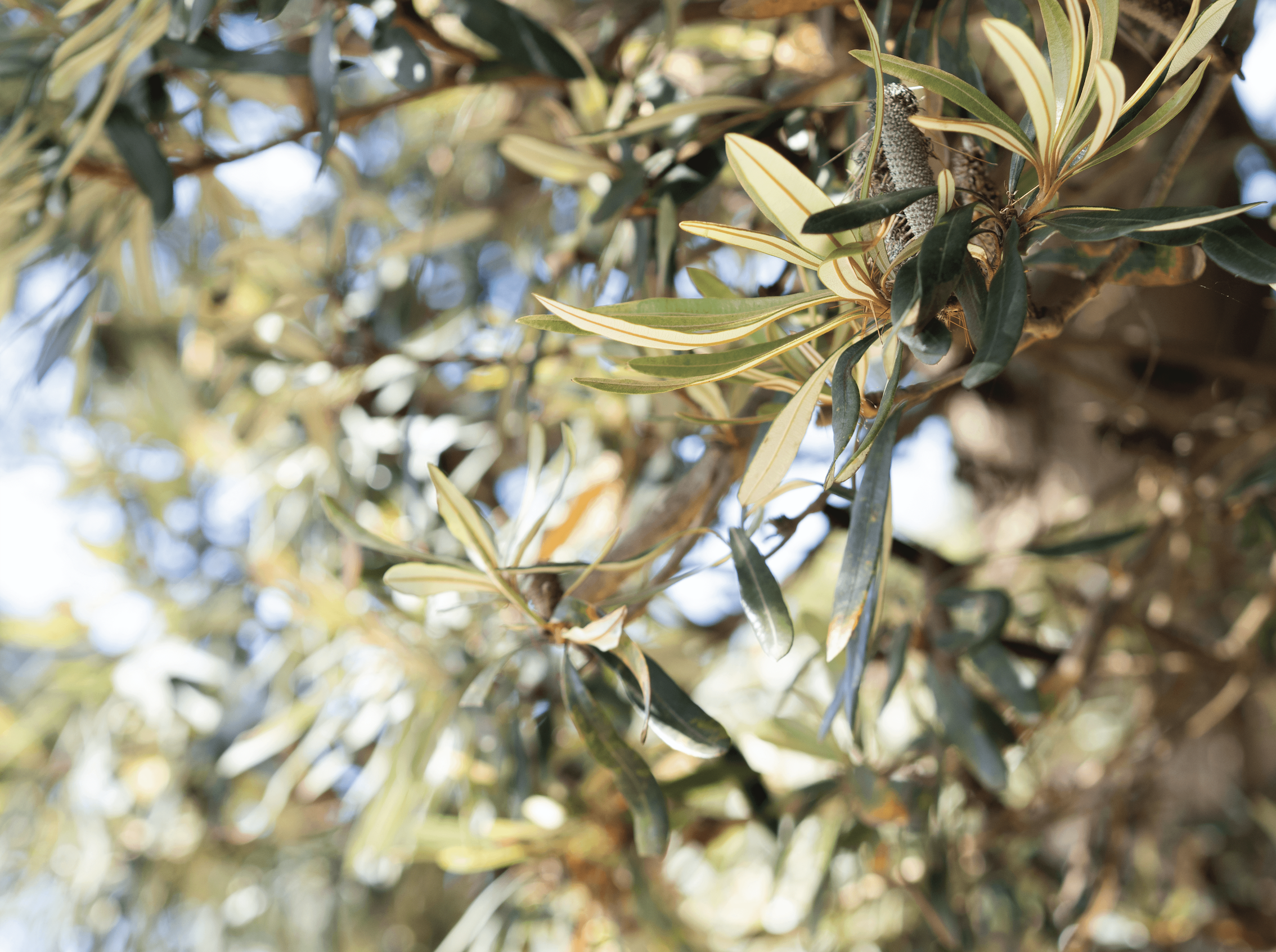
What is Regenerative Learning?
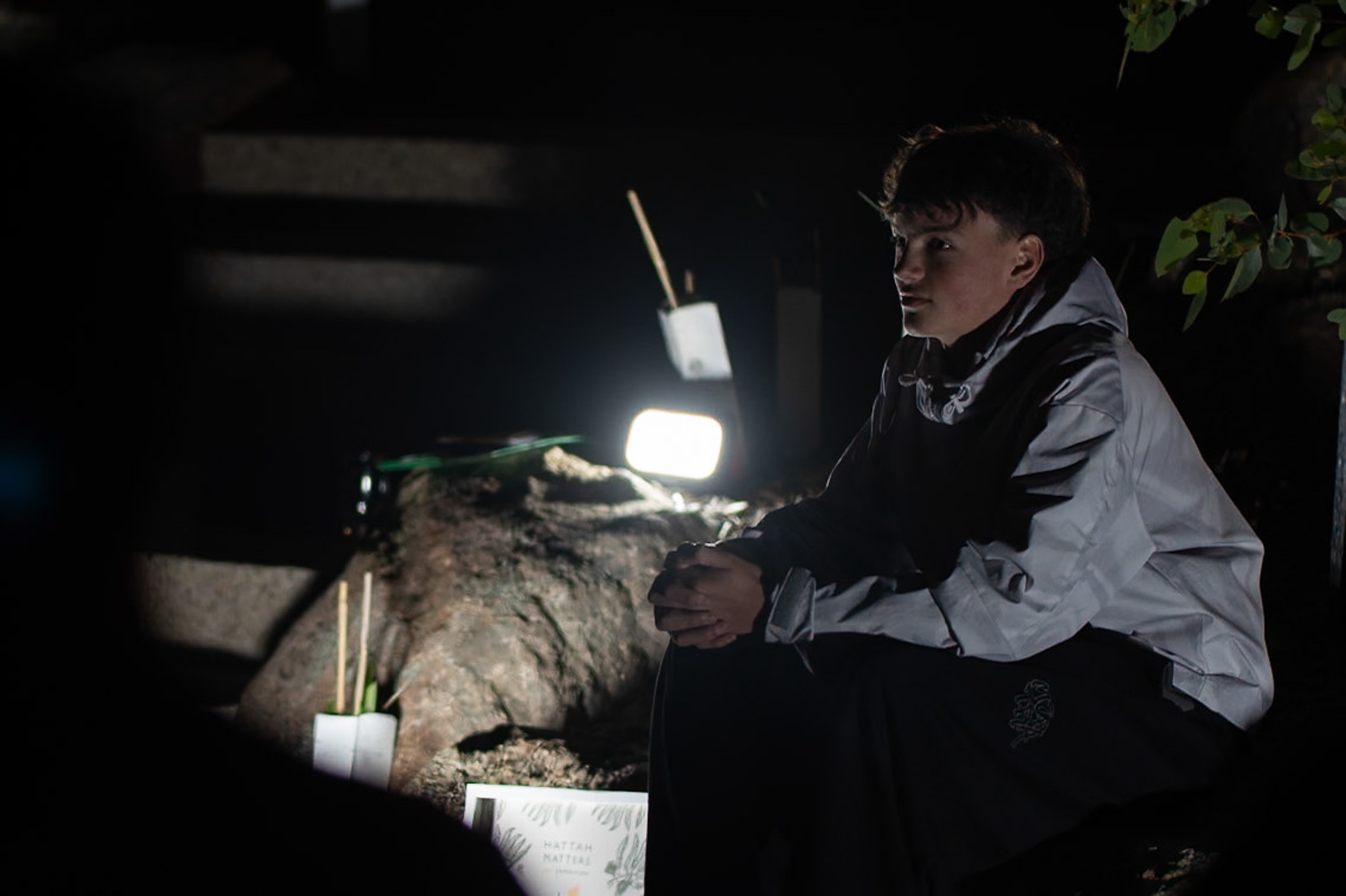
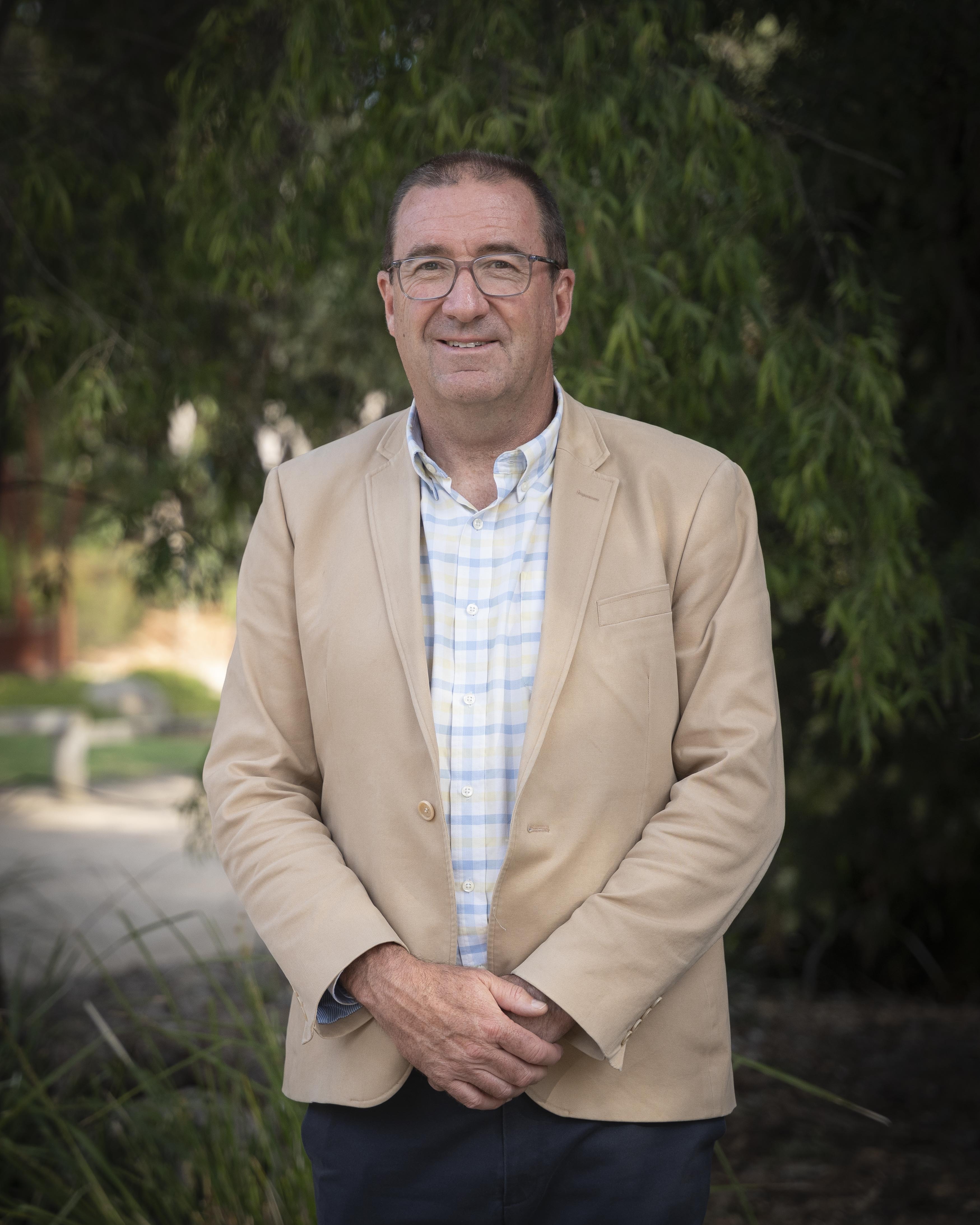
Share this article
And what does it mean for Woodleigh students?
Regeneration is more than sustainability. To regenerate is to actively restore and enhance systems so life can flourish. Equally, regenerative learning means equipping students not just to maintain the world as it is, but to improve it. It’s an approach to learning with purpose beyond maintaining the status quo, instead moving to actively contribute to the renewal and thriving of ecological and social systems.
The halfway mark of the year presents a good opportunity for us to reflect on what we’ve achieved with the Regenerative Futures Program (RFP) and where our current trajectory will take us. Much has been spoken about our Year 10 cohort - now six months into the first year in the Futures Studio. In Semester One, the discussion was about the building itself – spurred on in recent weeks by the Awards it has won for the Architects and designers.
But what we do in the buildings is arguably a lot more interesting.
At Woodleigh, we aspire for our students to leave school equipped with the skills and competencies they need to affect the healing of our world. This is a strong thread through all learning at our school, and it peaks in Year 10. At this point, learned skills and confidence come together to collaboratively find solutions to the complex issues facing society. I continue to be frustrated by the short-term quick-fix solutions that are put forward as a means of addressing our society’s deep-seated issues. Complexity requires deep thought. Band-aid fixes rarely hold; they paper over cracks and leave the fundamental issues for future generations to grapple with.
Regenerative learning takes a longer view.
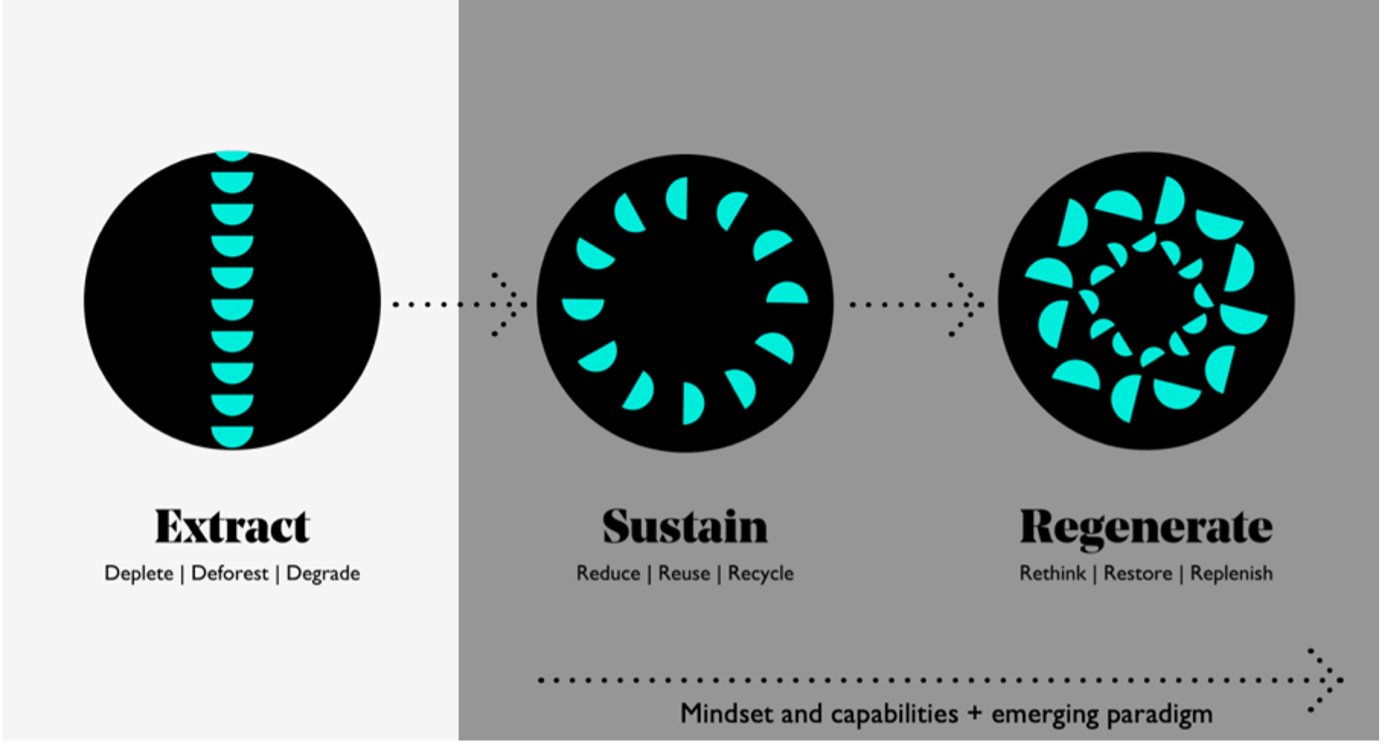
The founding principles of regenerative learning come from global leaders, such as Daniel Wahl, one of the world’s preeminent experts. Wahl outlines the five principles as a way for students to see a bigger picture and understand how knowledge connects to real-world systems ecologically, socially and culturally. It is an approach that underpins whole-system thinking, where challenges are explored from multiple angles and not just through a single subject lens. Instead of innovation for novelty’s sake, regenerative learning searches for ideas that restore and renew, helping students become thoughtful contributors to their communities and the planet.
A lived example for our students is the RFP’s Stories of Me unit. Here, each Year 10 student shared a prepared, personal story with their class, something not well known about them. The resulting moments of collective vulnerability worked to equalise the cohort, dissolving social hierarchies. Part of its purpose was to set the tone for Hattah, the challenging expedition students made soon after. Hattah is an experience where human relationships, place and purpose are central. As students navigate their way through the semi-desert terrain, they also need to understand, and through a shared sense of humanity, support each other. Throughout the experience, they grow as active participants, connected to their learning. This is regenerative learning in action, where learning has regenerative purpose and impact.
So, what does regenerative learning mean for Woodleigh students? It means they are shown a hopeful future, one of possibility rather than limitation. The external inundation of messages of crisis and uncertainty taken from the media and influencers has the volume turned down. Our regenerative approach presents a counter-narrative, one of agency and hope. Healing, renewal and progress are not abstract ideals, but achievable outcomes that students themselves know how to actively participate in. Hope is essential for the wellbeing and resilience of young people and our commitment to the next generation of capable global citizens.
Keep reading
More articles from Woodleigh School

Hannah Watts is an MYP and VCE teacher at Woodleigh, empowering students to become thoughtful and expressive people.
Continue Reading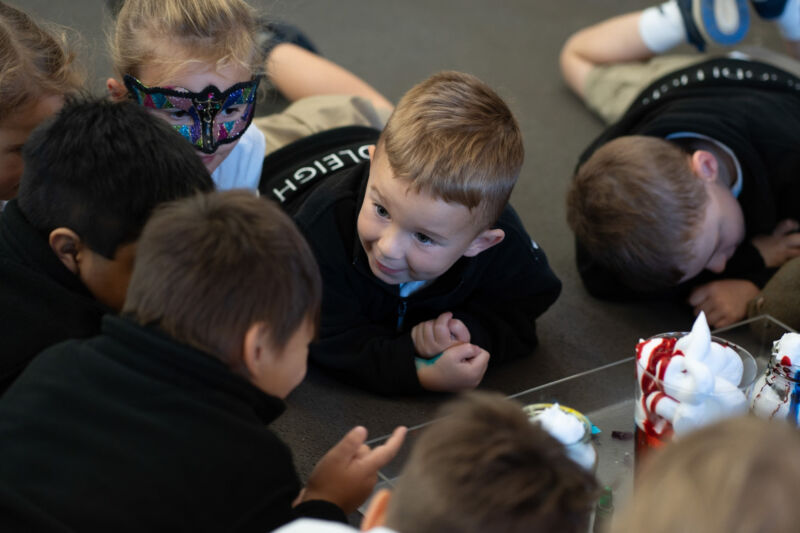
NASA's Divergent Thinking Test was developed to identify the most innovative minds in preparation for the 1969 moon landing. The same test was applied to 5-year-old children, and the results are impressive; they are astounding.
Continue Reading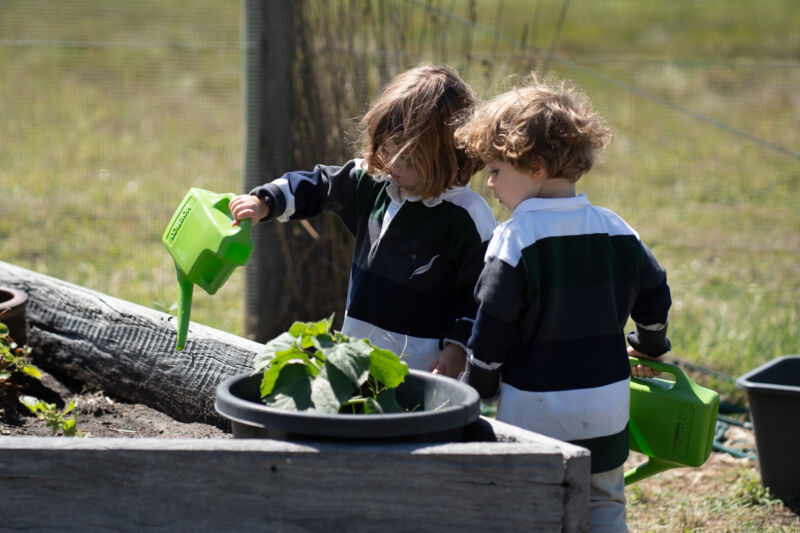
At Woodleigh, it's a time of curiousity, wonder and possibility.
Continue Reading